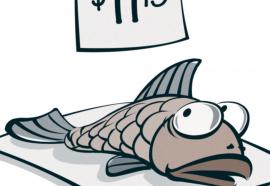The Late Great Gas Utility
By abandoning R&D and marketing, the gas industry may have sealed its own fate.
Gas producers and utilities have all but abandoned R&D and marketing. Is it too late to reverse the death spiral, or can the industry learn from other check-off marketing successes?











